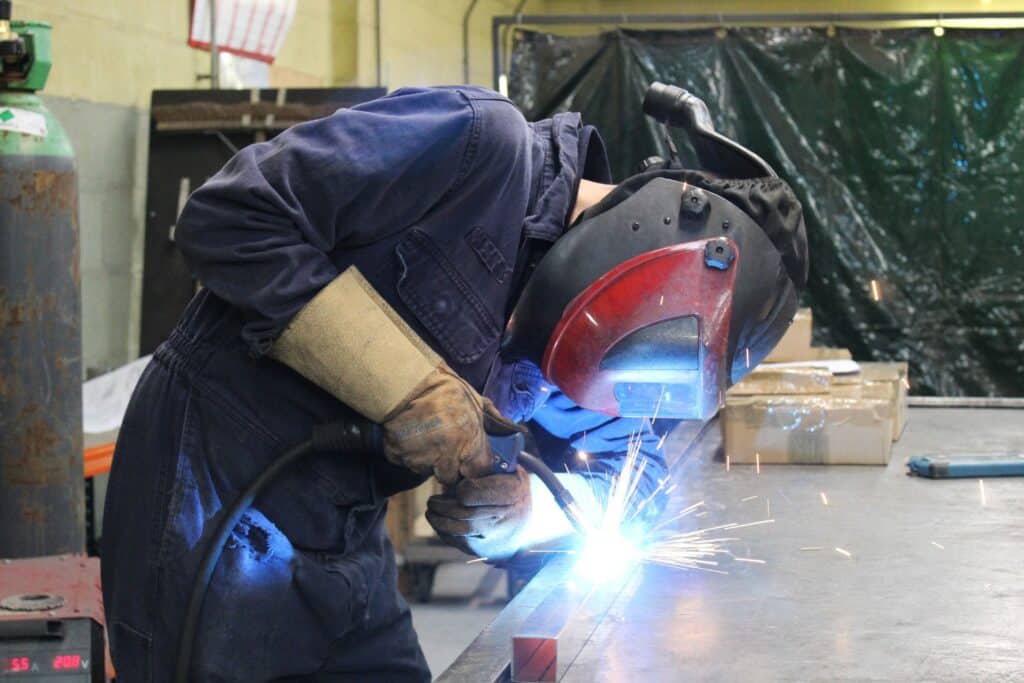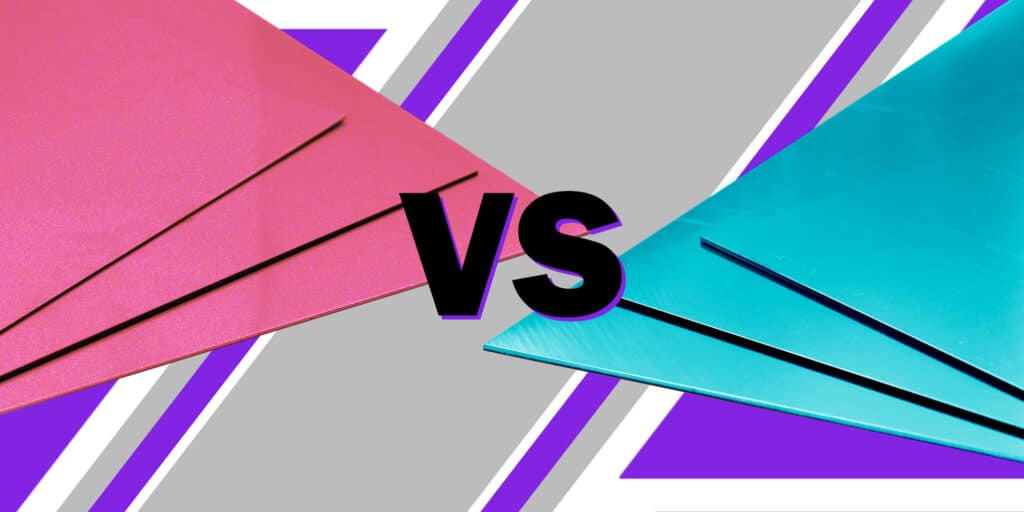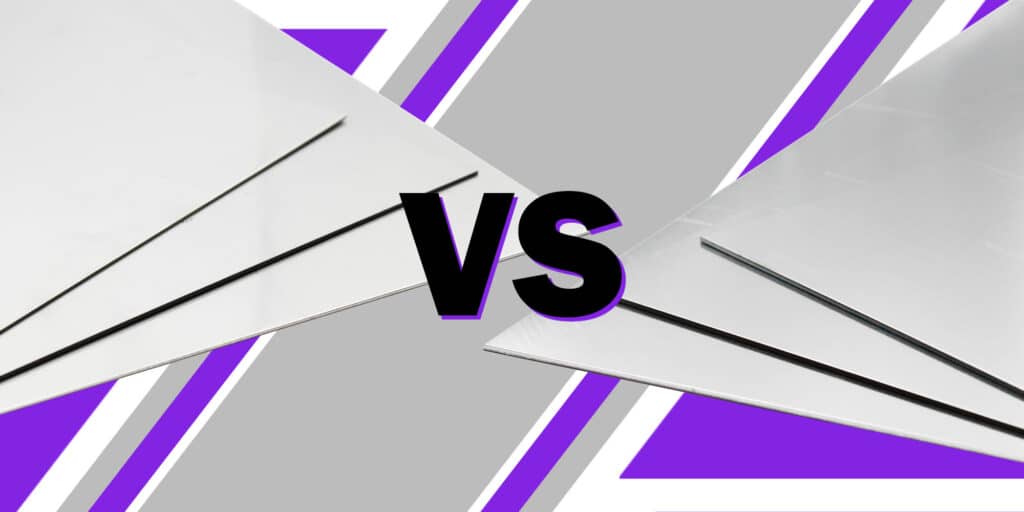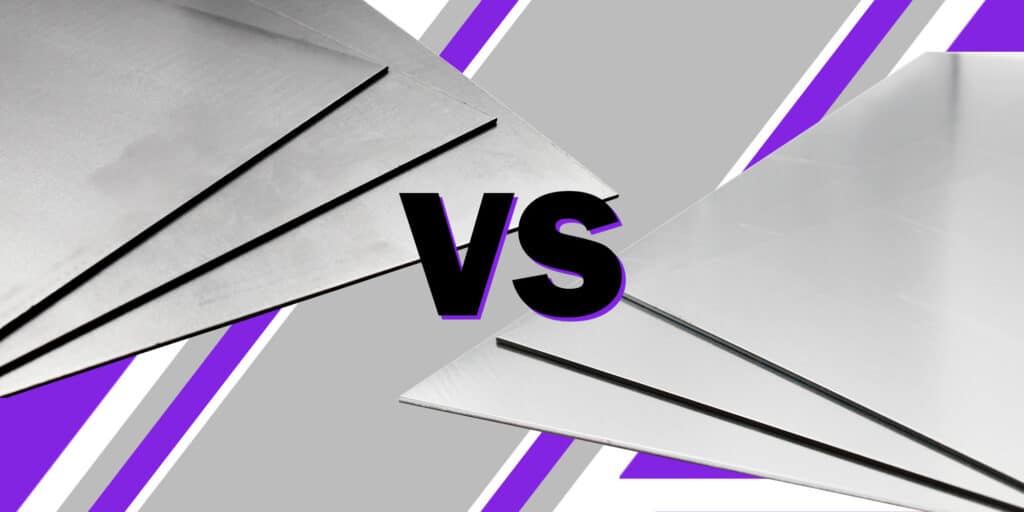
- Massive Range
- FREE UK Delivery
- Rapid Dispatch
- Massive Range
- FREE UK Delivery
- Rapid Dispatch
- Massive Range
- FREE UK Delivery
- Rapid Dispatch
Menu
Home » Benefits of Using Magnetic 430-Grade Sheet Metal in Industrial Settings

The world of industrial manufacturing is vast and varied, and the materials used in this sector often determine the efficiency, safety, and effectiveness of end products.
Among the many materials utilised, magnetic 430 grade sheet metal stands out, particularly when compared to its counterpart, the 304 grade.
In this blog, we will delve deep into the advantages of using 430 grade magnetic sheet metal, drawing key comparisons with the 304 grade to highlight its unique strengths.
Let’s get into it…
430 Grade: There is a primary characteristic of 430 grade sheet metal that distinguishes it from other grades, and that is its magnetic property. The 430 grade magnet steel is extremely useful to industries that require magnetic functionality in their products, such as motors, transformers, or any other applications where magnetism plays a key role.
304 Grade: Stainless steel of the 304 grade, on the other hand, is generally non-magnetic. As a result, it is not suitable for applications where magnetism plays a significant role in the design process.
430 Grade: This material often comes at a more attractive price point than many of its counterparts. The reason? Because of its composition, which contains less chromium and no nickel, it is a cost-effective choice for industries looking to optimise their budgets without compromising on the quality of the product.
304 Grade: The 304 grade, with its higher chromium and nickel content, typically comes at a premium. The extra cost might not be a significant factor for businesses where magnetism is not a requirement, in which case this extra cost might not be worth it.
430 Grade: The impressive formability of 430 grade sheet metal is one of the many benefits of the material that are often underappreciated. It has the ability to be moulded and shaped into various forms without losing its integrity or its magnetic properties during the process. Therefore, it is ideal for intricate designs and applications that require a high level of manufacturing flexibility.
304 Grade: While 304 grade also offers good formability, its non-magnetic nature can limit its usability in certain industrial applications.
430 Grade: Despite the fact that both grades offer corrosion resistance, it is important to know what their limitations are. It is mainly resistant to nitric acid and organic acids, which makes it ideal for specific industrial environments where nitric acid and organic acids are present.
304 Grade: As a result of its higher chromium and nickel content, this grade of stainless steel is renowned for its superior resistance to a diverse range of corrosive environments. 304 might have an advantage over 316 if you are working in an environment where corrosive materials are more prevalent.
430 Grade: The 430 grade metal displays a higher thermal conductivity compared to the 304 grade. This makes it a preferred choice for applications like heat exchangers or any other setting where rapid heat dispersion is essential.
304 Grade: With lower thermal conductivity, the 304-grade might not be as efficient in swiftly transferring heat.
430 Grade: As a result of the 430 grade’s versatility and magnetic properties, it is suitable for a wide range of applications in addition to its magnetic properties. The use of this material is widespread in industrial settings, from auto parts to kitchen equipment, from refrigerator linings to architectural ornaments, and it can be found in a wide range of applications.
304 Grade: As a result of its corrosion resistance, the 304 grade is frequently used in kitchen appliances, pipes, and tanks since it is mainly used for its corrosion resistance. In industries where magnetic properties are essential, however, its non-magnetic nature limits its use in industries where such properties are not required.

430 Grade: A 430 grade magnetic sheet metal is often viewed as having a moderate weldability when it comes to welding. There is no doubt that this material can be successfully welded, but care needs to be taken to ensure that the appropriate welding methods are used to maintain the structural integrity of the material. Despite the fact that it has many advantages, one of the most important is the fact that it is extremely ductile, which makes it easier to work with in the cold. As a result of its malleability, it is a preferred choice among industries that require intricate fabrication processes
304 Grade: The weldability of 430 grade magnetic sheet metal is often viewed as moderate. Due to this, while it can be welded effectively, it is essential to make sure that appropriate welding methods are chosen in order to maintain its structural integrity during the welding process. A significant advantage of this material, however, is that it is extremely ductile, which allows it to be used in cold working applications more easily. As a result of its malleability, it is a preferred choice for industries requiring complex fabrication processes due to its malleability.
430 Grade: The aesthetic versatility of 430 grade sheet metal is one of the lesser-discussed but vital aspects of this metal. The surface of this material can be finished in a variety of ways to produce an array of appearances. A variety of finishes are available, from a bright, reflective finish to a matte, subdued look. It is important to note that this range of finishes does not only offer functional advantages, like increased corrosion resistance, but also enhances the visual appeal of the finished products. As a result of the metal’s ability to maintain a polished look without tarnishing easily, it is considered to be ideal for products and structures in industrial settings that require a high level of visual appeal.
304 Grade: The 304 grade can also be finished beautifully, but its non-magnetic nature poses some challenges in applications where the aesthetic appeal must be combined with the magnetic functionality of the metal. With its brilliant shine, it is often preferred for applications where the appearance is as crucial as the functionality, such as high-end kitchen appliances or architectural details that are important to the user.
430 grade and 304 grade sheet metals both have distinct applications in the industrial sector. In settings requiring magnetic properties, 430 grade sheet metal is the undisputed champion. Combined with its magnetic properties, cost-effectiveness, impressive formability, and corrosion resistance, it is an ideal material for a variety of industrial applications. In contrast, while 304 grade has its strengths, especially in corrosion resistance, it may not always offer the best value, especially if magnetism is a requirement.
It is crucial to understand the nuances and benefits of materials in the ever-evolving world of industrial manufacturing. To ensure efficiency, cost-effectiveness, and the quality of the product, material choices must be aligned with specific needs. It has been proven time and again that sheet metal made from 430 grade is an effective magnetic material.
As always, thank you for checking out our blog. We hope that this helps you with your project.
Please also check out the other articles in our helpful guide series. We have written about aluminium sheeting and checker plate recently to name but two of our articles.
We are also proud to sell this product on our highly popular eBay store, check us out there too.
If you have any further questions, feel free to contact us.









Speciality Metals
Unit 1, Farrell Street, Warrington,
Cheshire, WA1 2WW, United Kingdom
Quick Links
Payment Options
